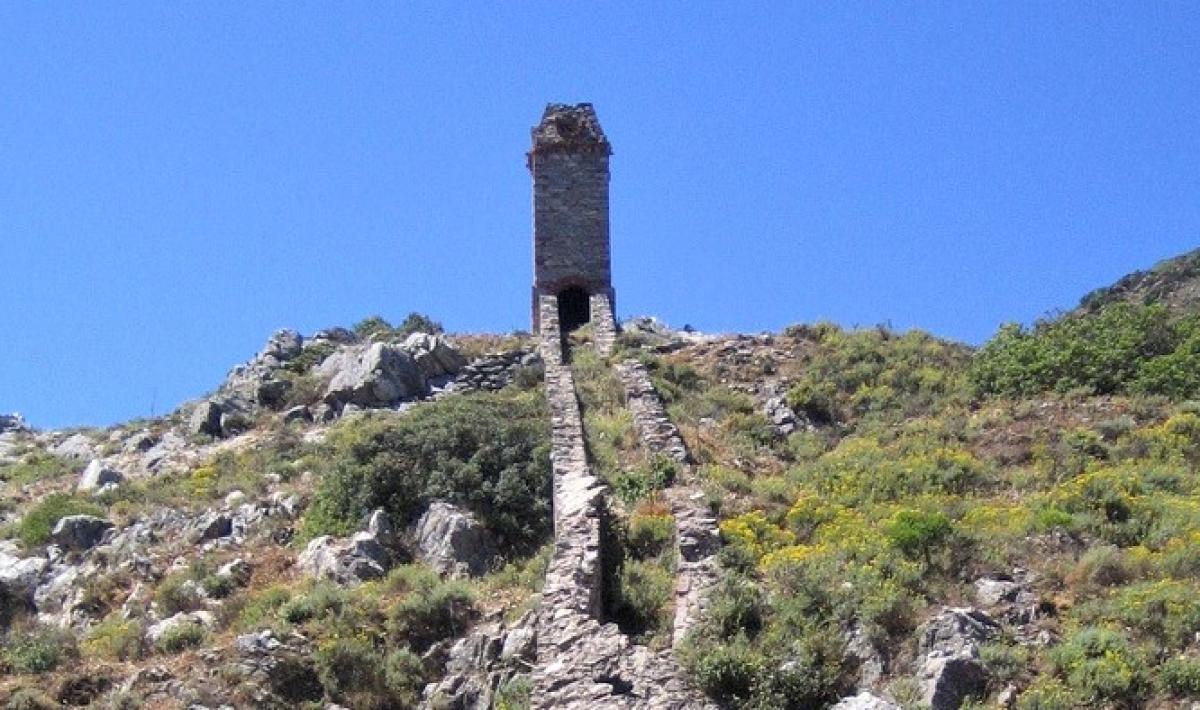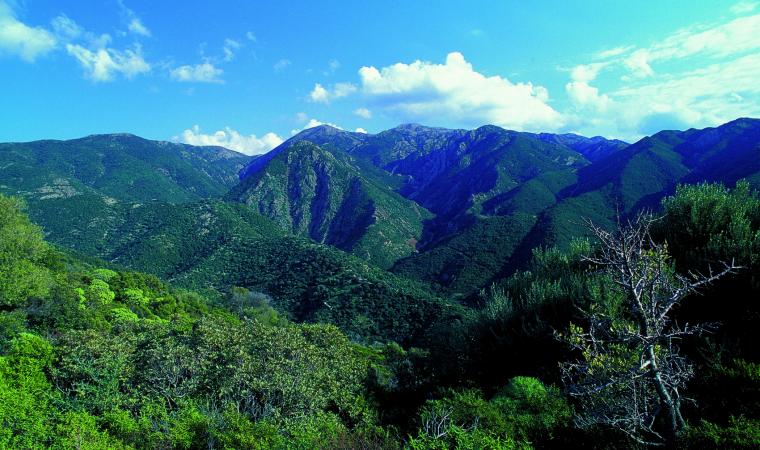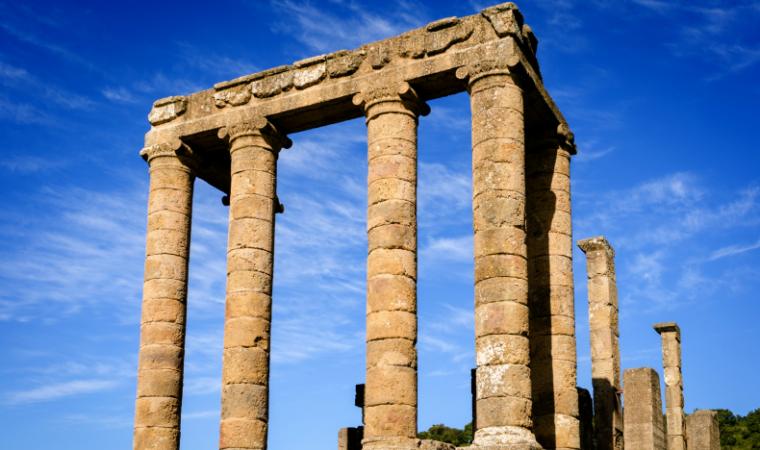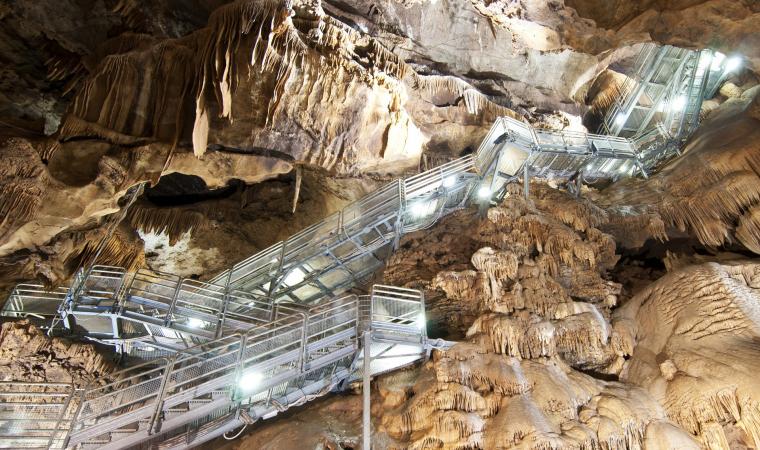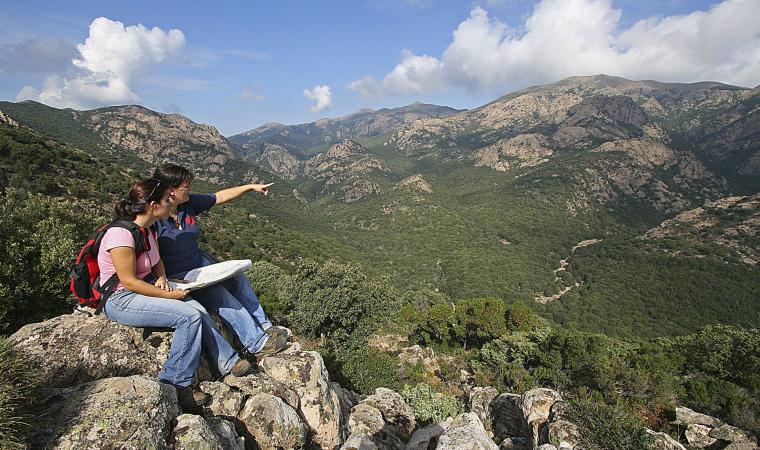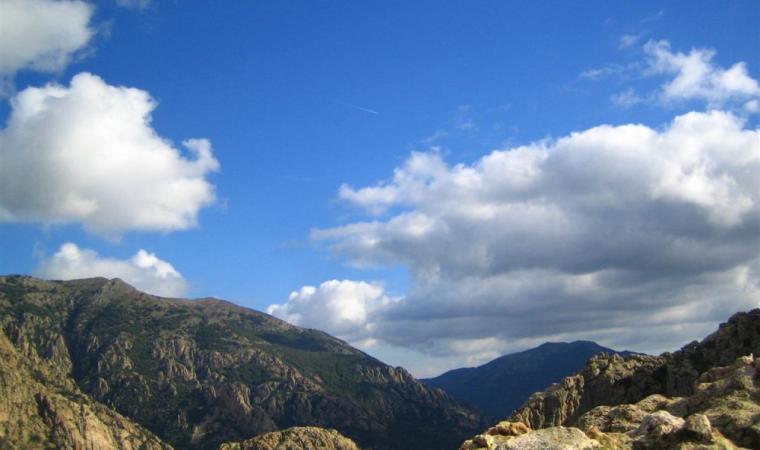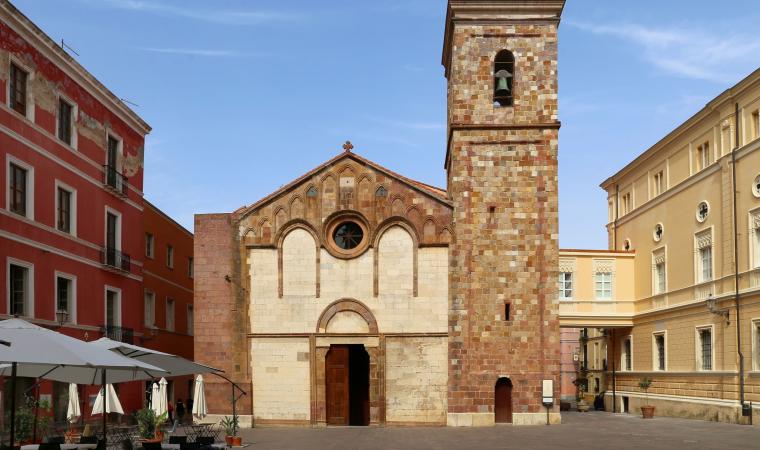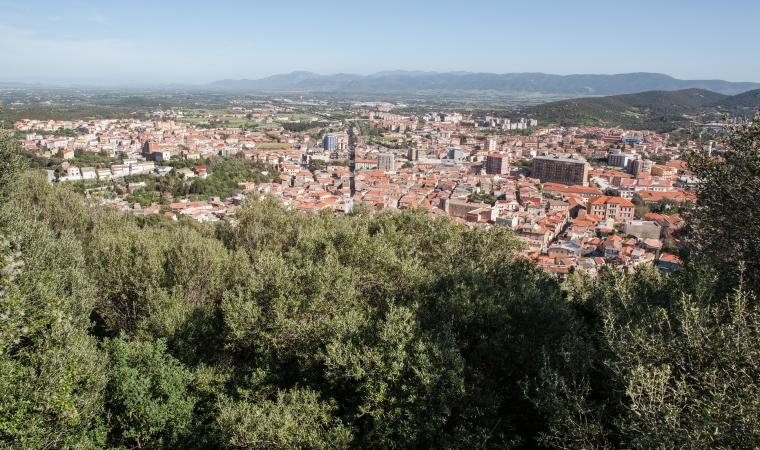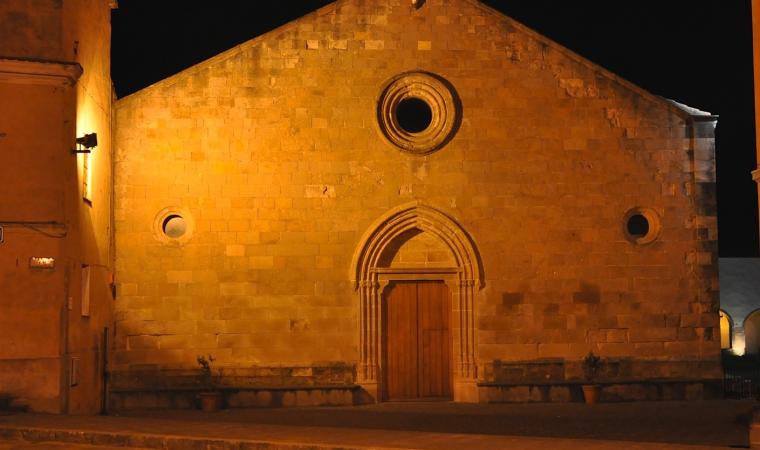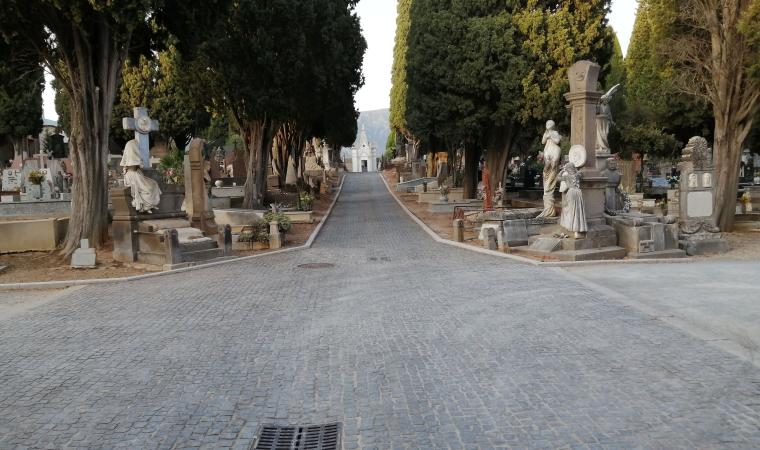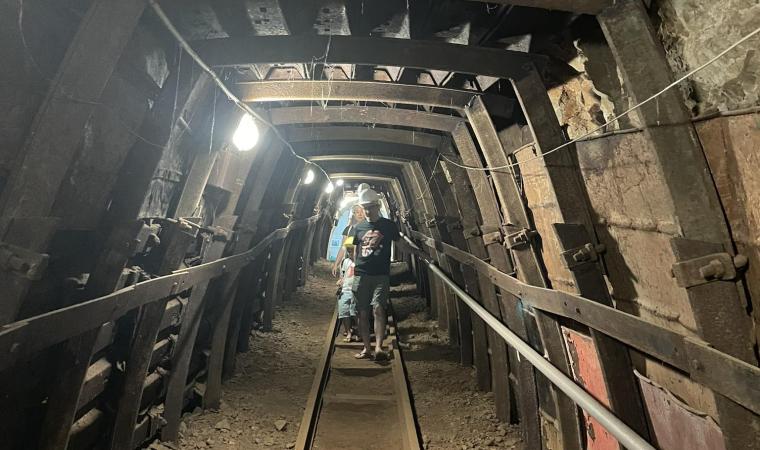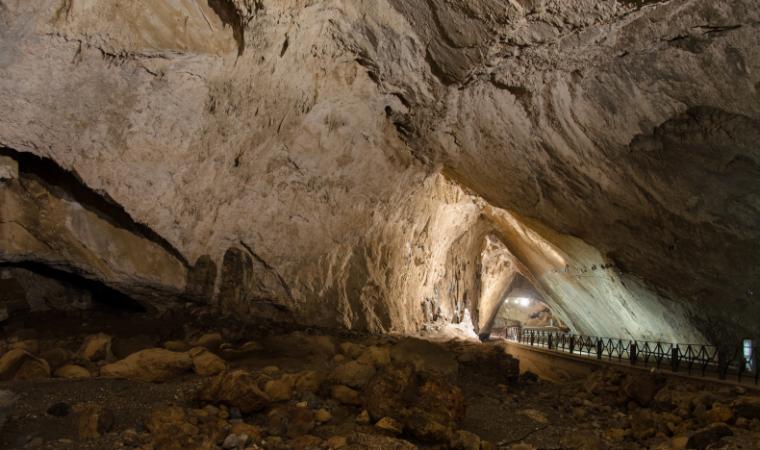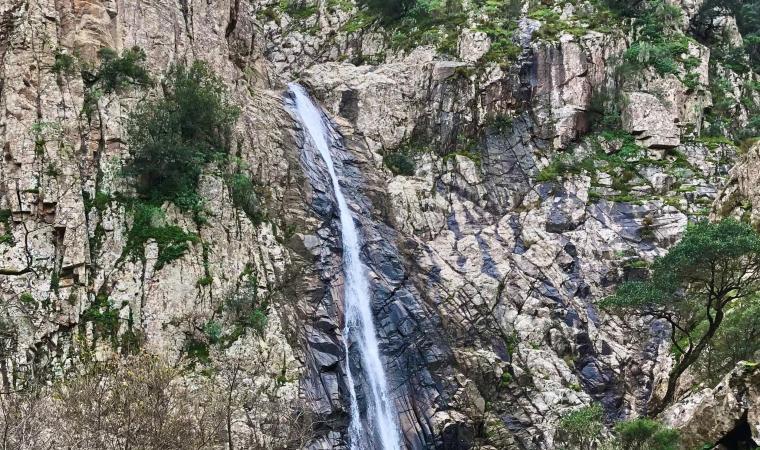Silence dominates this place and all the buildings, wells, the washery, the lime kilns and the ‘large rooms’ used by the workers seem to be sleeping an endless sleep. If you close your eyes for a moment, it's easy to imagine life in the village of Malacalzetta, at the height of its fervour, during the first decades of the 20th century. Two hundred miners, their families, employees, officials and managers enlivened streets, squares, offices, homes and, above all, the extraction plants. The village lies in the Oridda valley, near the Marganai massif, between Iglesias and Fluminimaggiore.
Its origin, like many other mines in the Iglesiente area, dates back to the Pisan domination in the Middle Ages. Traces of the numerous shafts dug out centuries ago were found in the 18th century, sparking a real ‘hunt’ for silver until the first ‘official’ concession, in 1880, to the Società Anonima per le Miniere di Lanusei.
Between the end of the 19th and the beginning of the 20th century, kilns, a small stone washery and the first buildings used for housing and offices were built. At the end of the First World War, the fate of Malacalzetta became intertwined with that of the nearby village of Arenas, as they were both under the same management and were connected by a railway. The construction of a modern flotation plant gave further impetus to the mining activity, which reached 90 thousand tonnes in the early 1960s. Then the decline began, affecting the entire Sulcis-Iglesiente mining basin, with the definitive closure in 1986.
Today, while wandering around the ghost village, you will see a tree-lined square on which the management offices, the infirmary, the cellar and the recreational club still stand. The ‘large rooms’, spaced apart and in a nearby clearing, were the lodgings for unmarried workers and had a longitudinal layout on one or two floors, with doors and windows aligned. In reality, someone still lives here: a little goat or two might look out from the openings, intrigued by whatever is interrupting their silence. Then, in the Baueddu area, you can admire the remains of the washery, held up by large, elegant arches, next to which you’ll notice the calcining kilns.
The first section of the ancient railway that linked the sites of Malacalzetta and Arenas is nestled in a lush holm oak forest. The route then extends alongside dry stone walls on a limestone slope, from which you can admire the green mountains of Marganai. The mine is one of the stops on the Santa Barbara Mining Route, named after the patron saint of miners: it is a 500-kilometre circular itinerary to be covered in stages, on foot or by mountain bike, within the Sulcis-Iglesiente and Guspinese area, that combines mines, sea, mountains and places of worship.

